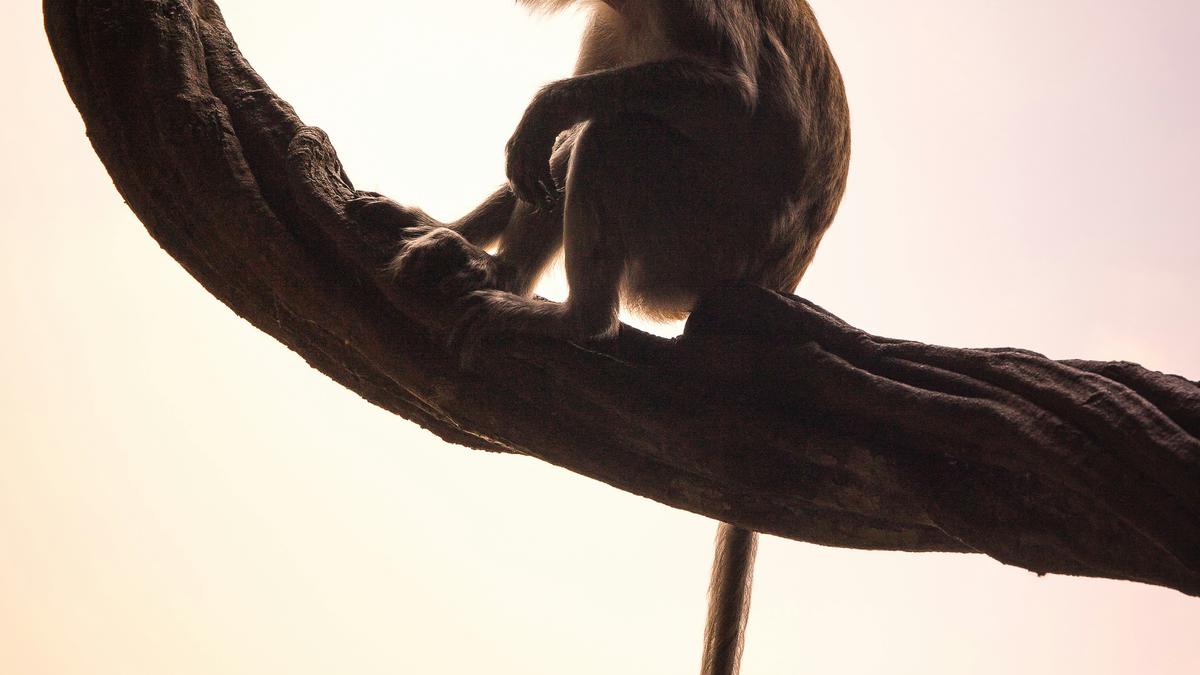
A freak DNA change 25 million years ago is why humans lack tails Premium
The Hindu
25 million years ago, an Alu element insertion in an ancient ape's DNA led to the loss of tails.
One of the most striking anatomical features in apes, and which sets them apart from monkeys, is the absence of a tail. All mammals have a tail at some point during their development, but apes – including humans, chimpanzees, bonobos, gorillas, orangutans, and gibbons – lose them in utero, leaving behind three to five vestigial vertebrae called the coccyx, or the tailbone.
Apes started to lose their tails in this way around 25 million years ago when the ape and monkey lineages split from a common ancestor. And until recently, nobody knew why apes started to do this.
Every cell of an organism contains a full copy of that organism’s DNA, called the genome. The genome contains the information that the cell uses to make proteins, the workhorses of the cell. Each protein is coded by a specific section of the genome, called the gene.
Not all cells make all the proteins encoded in the genome. For instance, pancreas cells make insulin but skin cells don’t. Skin cells make other proteins such as keratin that the pancreas cells don’t. A cell achieves this selective protein production by first making a temporary copy of the gene, called the mRNA, that then drives protein production. So pancreas cells will first copy information in the insulin gene into insulin mRNA, and the insulin mRNA will be used to make insulin protein. Skin cells follow the same process to make keratin.
As scientists began to determine the genome sequence of organisms in the mid-1990s, they realised simple organisms like bacteria keep their genomes very compact while more complex life forms don’t. In the bacterial genome, the genes are arranged in tandem: where one gene ends, another begins. As a result, genes make up 85-90% of the bacterial genome.
But in complex organisms, genes are spaced wide apart. In humans, for example, only 1.5% of the genome codes for proteins. At the time, scientists didn’t know what the rest did and called it ‘junk’ DNA.
Today we know this ‘junk’ DNA is responsible for various functions including controlling when to make a protein and when not to. A significant fraction of the ‘junk’ also contains transposable elements. These are pieces of DNA that can shift their positions within the genome.













